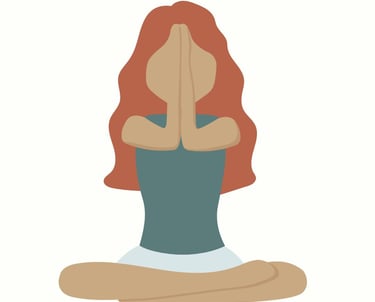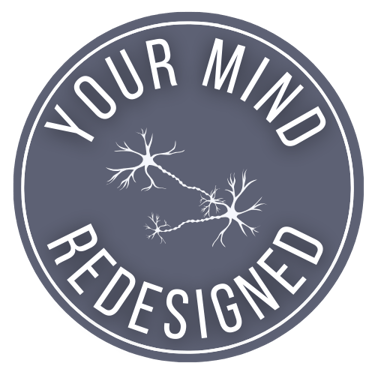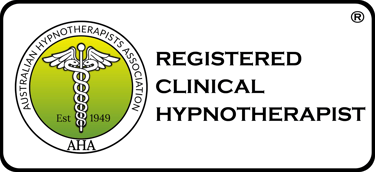
Tools & Techniques
Why these tools?
Carefully Selected Evidence-Based Tools for Completing Stress Cycles
The tools chosen for this retreat are not only rooted in rigorous scientific research but have also been carefully selected for their proven effectiveness in completing stress cycles. Each technique—from hypnotic visualisation to EFT tapping and yoga—has been validated through studies and real-world applications for its ability to address both the psychological and physiological components of stress.
When applied intentionally, these tools become powerful allies in your daily life, helping you navigate challenges with greater ease and resilience. By integrating these practices into your routine, you can effectively break the cycle of stress, fostering a state of balance and well-being that supports long-term health and happiness.
Yoga & Pranayama
Yoga & Pranayama: Gentle Movements to Soothe Body and Mind
Experience the calming power of yoga and pranayama, where gentle movements and mindful breathing come together to relax both your body and mind. These practices are more than just physical exercises—they are scientifically supported methods for reducing stress and enhancing overall health.
A comprehensive 2017 meta-analysis of 42 studies revealed that yoga can significantly regulate the body’s stress response system. Participants who engaged in yoga practices showed lower levels of stress-related markers, including evening cortisol, morning cortisol, blood pressure, and resting heart rate. Additionally, yoga was linked to healthier blood glucose levels and improved cholesterol profiles, including reduced LDL (bad cholesterol).
This evidence underscores the profound impact that yoga and pranayama can have on your well-being, making them essential tools in your stress management toolkit.
Reference: Pascoe, M. C., Thompson, D. R., & Ski, C. F. (2017). Yoga, mindfulness-based stress reduction and stress-related physiological measures: A meta-analysis. Psychoneuroendocrinology, 86, 152-168.


Hypnotic Anchoring
Hypnotic Anchoring: Grounding Techniques to Calm Your Mind
Hypnotic anchoring is a powerful psychological technique designed to ground and calm you by linking specific stimuli with desired emotional or behavioral responses. This method is frequently used in therapeutic settings to help individuals manage stress, regulate emotions, and facilitate lasting behavioral change.
Research supports the effectiveness of hypnotic anchoring in stress management and emotional regulation. For example, Budiman (2023) demonstrated how this technique can significantly improve stress management by anchoring relaxation responses to particular cues. Additionally, Neubern (2023) highlighted its value in performance enhancement, particularly for athletes who use these anchors to trigger optimal states during competition.
Whether you're looking to manage stress more effectively or enhance your performance in challenging situations, hypnotic anchoring offers a practical and evidence-based tool to support your journey.
References: Schmidt, B., Rohleder, N., & Engert, V. (2024). Post-hypnotic safety suggestion improves stress coping with long-lasting effects. Dental Science Reports, 14. Published online 12 February 2024. Adzkia, M., & Kartika, I. R. (2020). Hypnotherapy for reducing dysmenorrhea pain: A literature review. Budiman Budiman - 28 Feb 2017, Vol. 2, Iss: 2 Published online 31 August 2020. Neubern, M. S. (2013). Hypnosis, Chronic Pain, and Anchoring Techniques: Therapy from the Inside Out. Psychology: Theory and Research, 29(3), 297-304.


Journaling & Affirmations
Exploration & Intention Creation: Setting Meaningful Goals for a Fulfilling Life
Explore your inner world and set meaningful goals that add lasting value to your life through the practice of journaling. This powerful tool has been extensively studied and shown to be highly effective in managing stress, fostering emotional processing, and enhancing self-reflection.
Research demonstrates that expressive writing can significantly reduce stress levels. For instance, a study by Hamilton et al. found that participants who engaged in structured journaling reported lower anxiety and an improved mood, suggesting that writing helps individuals cope more effectively with life’s stressors. Similarly, Sohal et al. highlighted that journaling not only alleviates stress but also promotes resilience, enabling individuals to navigate challenging situations with greater ease.
By integrating journaling into your routine, you can unlock new insights, clarify your intentions, and create a roadmap for a life filled with purpose and balance.
References: Sohal, M., Singh, P., Dhillon, B. S., & Gill, H. (2022). Efficacy of journaling in the management of mental illness: A systematic review and meta-analysis. Family Medicine and Community Health, 10(1), e001154. Hamilton, D. J., Wilhite, B., Grefe, K., Hart, K., & Jin, R. (2019). Family journaling to reduce stress manifestations in patients and families after critical illness. Journal of Doctoral Nursing Practice, 12(2), 254-263.


EFT/Tapping
EFT/Tapping: Releasing Emotional Tension for a Balanced Life
EFT (Emotional Freedom Techniques), commonly known as tapping, is an effective method for releasing emotional tension and restoring balance to your mind and body. As a holistic intervention, tapping addresses both psychological and physiological symptoms, offering a comprehensive approach to healing that can be seamlessly integrated into your daily life.
A growing body of research underscores the effectiveness of tapping as a valuable tool for enhancing mental and physical well-being. Whether used on its own or alongside other therapies, tapping has been shown to significantly improve various health markers, making it an essential practice for anyone looking to elevate their mastery of life.
Reference: Bach, D., Groesbeck, G., Stapleton, P., Sims, R., Blickheuser, K., & Church, D. (2019). Clinical EFT (Emotional Freedom Techniques) improves multiple physiological markers of health. Journal of Evidence-Based Integrative Medicine, 24, 2515690X18823691.


Hypnotic Visualisation
Hypnotic Visualisation & Neural Pathway Creation: Rewiring Your Response to Stress
Hypnotic visualisation is a transformative therapeutic technique that uses guided imagery to promote deep relaxation and enhance psychological well-being. By engaging in this practice, you can effectively rewire your response to stress, paving the way for a calmer and more resilient mind.
Research supports the powerful impact of hypnotic visualisation on stress reduction and mental clarity. For example, Lanfranco’s study demonstrates its effectiveness in managing stress-related symptoms, helping individuals achieve a deeper state of relaxation and mental clarity. Additionally, Phulkar and Kagzi’s research highlights how hypnotic visualisation can boost performance in high-pressure situations, such as public speaking, by fostering a positive mental state and reducing fear. Varga’s work further emphasizes the technique's role in pain management, showing that it can alter pain perception and significantly improve the quality of life for those with chronic conditions.
By integrating hypnotic visualisation into your routine, you can create new neural pathways that support a healthier, more balanced response to life’s challenges.
References: Lanfranco, R. C., Rivera-Rei, Á., Huepe, D., Ibáñez, A., & Canales-Johnson, A. (2021). Beyond Imagination: Hypnotic Visual Hallucination Induces Greater Lateralised Brain Activity than Visual Mental Imagery. NeuroImage. Phulkar, A., & Kagzi, I. I. (2017). Effect of Visualization and Imagery Training on Sports Performance Using Sports Hypnosis. International Journal of Physical Education, Sports and Health. Varga, S. K., & Varga, K. (2009). Visual Imaginative Synchrony. Contemporary Hypnosis.



